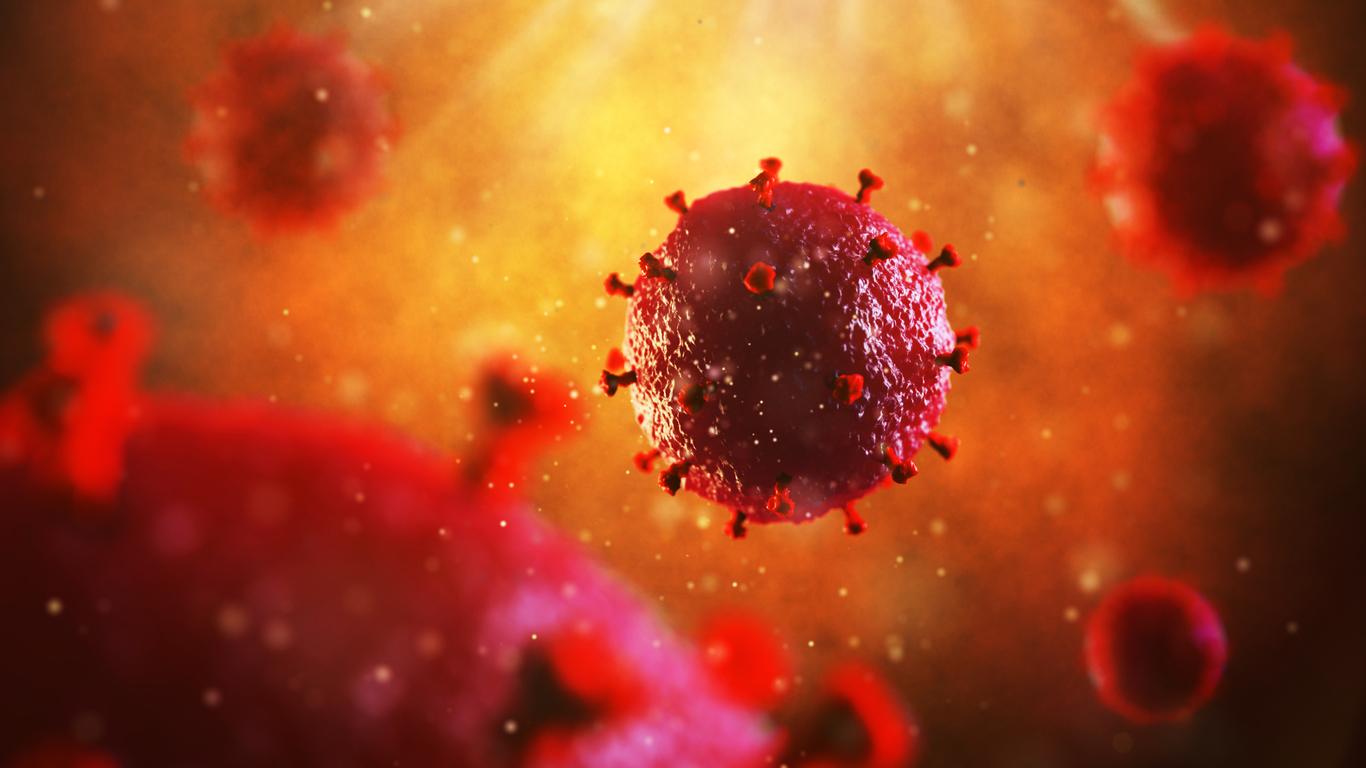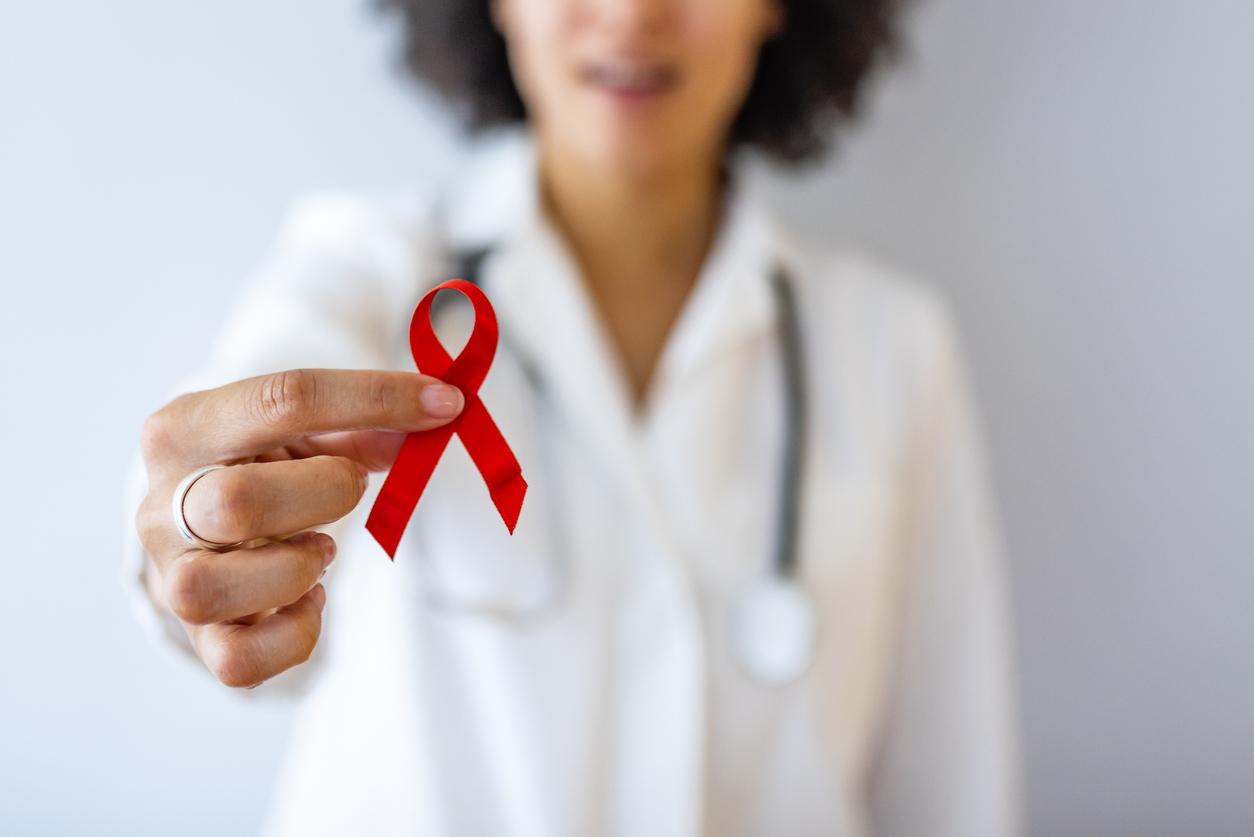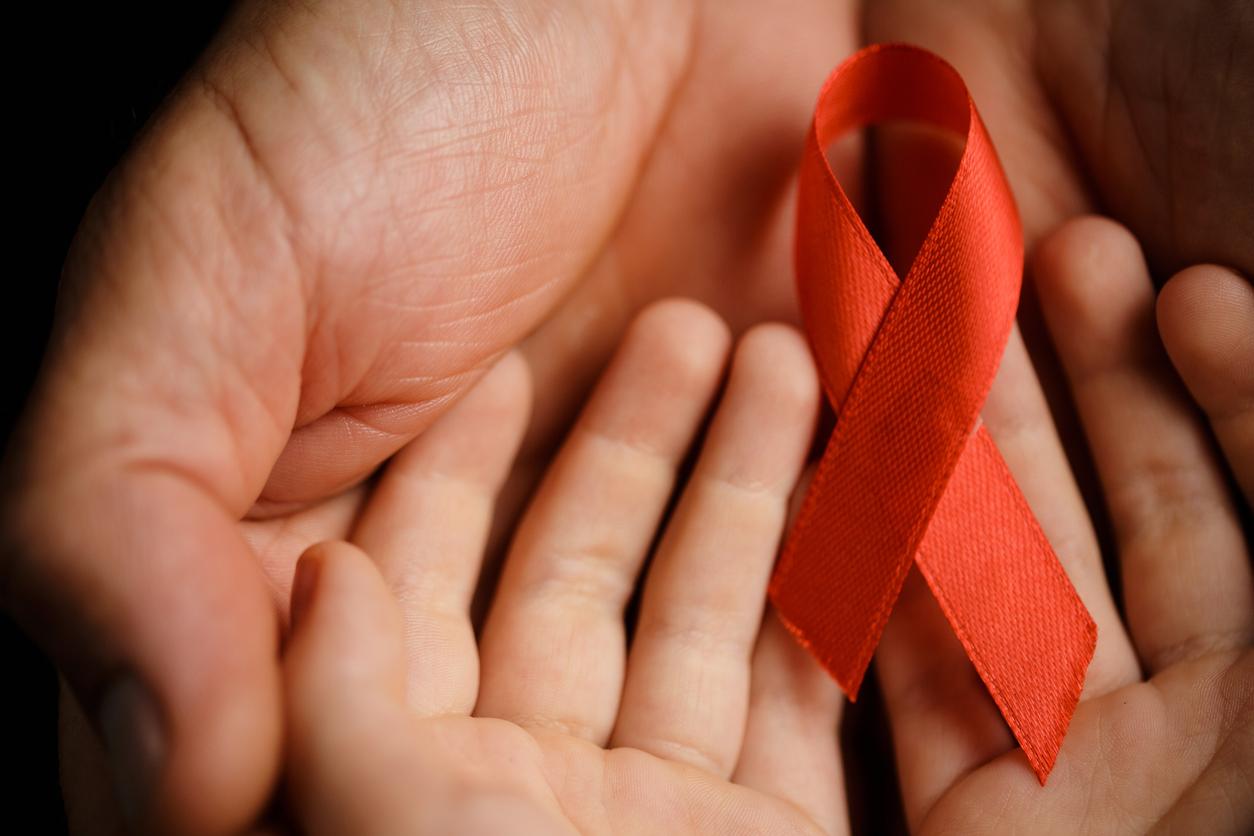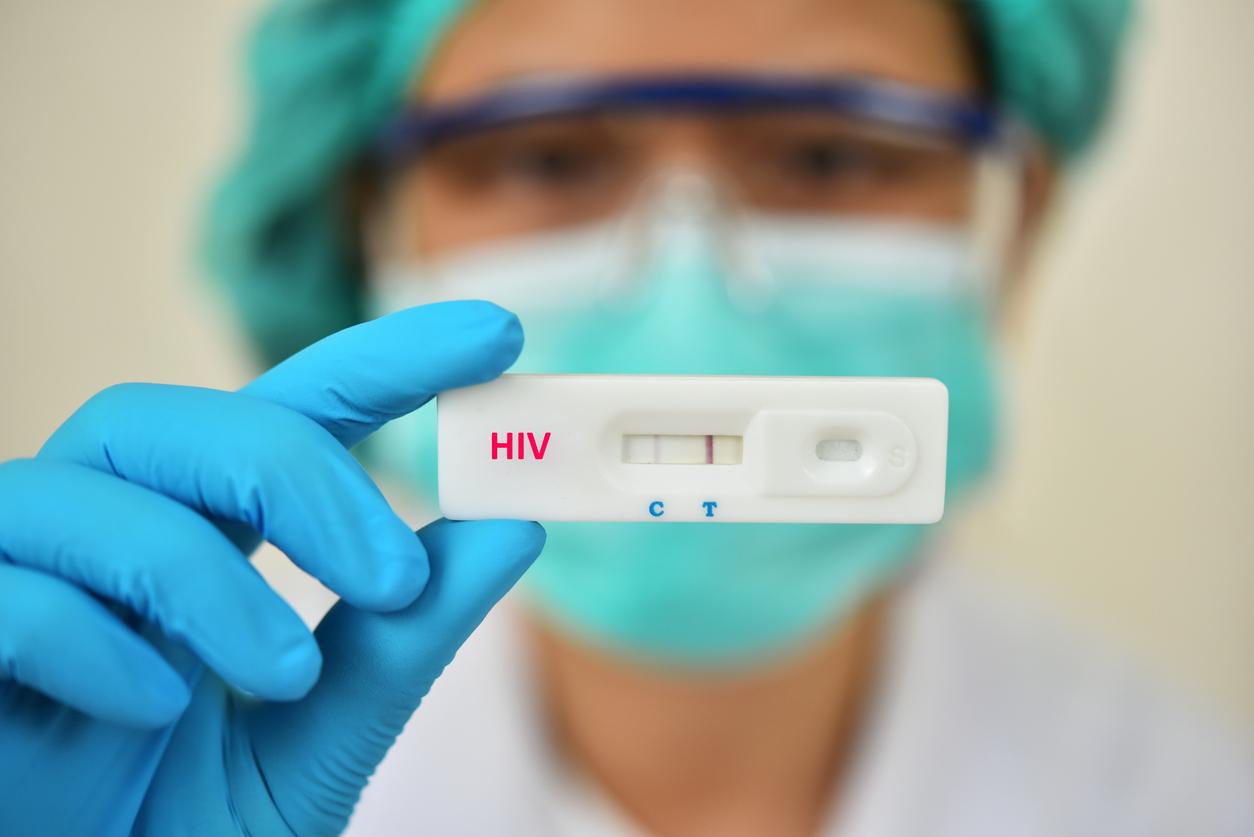HIV, the virus that causes AIDS, was discovered on May 20, 1983, forty years ago, and yet there is still no vaccine.

- The HIV virus was discovered forty years ago to the day.
- Treatments have evolved but there is not yet a vaccine against this virus.
- In France, nearly 172,000 people were living with HIV in 2016.
May 20, 1983 is the date on which HIV was discovered by three French scientists. Yet, despite forty years of research that have passed, there is still no vaccine against this virus.
Preventive treatments and others to live better with HIV
HIV is the cause of AIDS, a disease also called acquired immunodeficiency syndrome which destroys the immune defenses of people who are affected. In France, at the time of diagnosis and regardless of the stage of infection, these patients are generally treated with antiretroviral treatment. This makes it possible to make the viral load undetectable in the blood and in genital secretions and to reduce the risk of severe morbidity and transmission of the virus to a third party.
These drugs are sometimes used to prevent HIV infection, called PrEP for Pre-Exposure Prophylaxis. According National Institute of Health and Medical Research (Inserm), “clinical trials have shown that oral PrEP reduces HIV incidence by 44% to 86% in highly exposed populations.”
A difficult vaccine to develop
But why is there still no vaccine? According to the website Sidactionthe development of a vaccine against HIV is very difficult for several reasons: there are many subtypes of HIV, the virus “integrates into the genome, persists in infected people and the natural response of the immune system does not eliminate it” or else it benefits from a very strong capacity for mutation. “The number of variants is incomparable with that of Sars-CoV-2 variants, it is much highersays Michaela Müller-Trutwin, head of the HIV unit at the Institut Pasteur in Transversea specialist magazine published by Sidaction.
Nevertheless, rare cases of HIV patients have been cured through bone marrow transplants. THE third and last case received a transplant from a donor with a genetic mutation that naturally prevents HIV from entering cells, which affects only 1% of the world’s population. The intervention took place in 2013 and since then the AIDS virus has not been detected in the patient’s body.
“Unfortunately this does not mean that we have a solution to cure HIV infection.explained Asier Saez-Cirion, head of the Viral Reservoirs and Immune Control Unit at the Institut Pasteur and co-author of a study presenting this case, on his Twitter account. This intervention is complex and entails major risks: it is only offered to people suffering from blood cancer who have no therapeutic alternatives.“In addition, this operation is very risky for the patient.
Very happy to have been able to participate in the characterization of a third case of probable cure of HIV infection. This is, Marc, “the patient from Dusseldorf”, who needed a bone marrow transplant 10 years ago to treat leukemia. https://t.co/6xaQWOTqef
— Asier Saez-Cirion (@asiersc) February 20, 2023
As Sidaction reminds us, “it should be kept in mind that the process of developing a vaccine requires many years of research and development before arriving at a finished product.“The work of researchers is therefore continuing and some are obtaining encouraging results, such as those published last February by the National Agency for AIDS Research (ANRS) and Inserm. In a piloted phase 1 clinical trial, they observed that “the vaccine candidate [était] sure and induced[sait] an early, significant and long-lasting immune response”, could we read in the communicatedwho immediately tempers by recalling that “it is important to note that the efficacy of the vaccine has yet to be demonstrated.”
Forty years after its discovery, HIV remains a major public health problem. In France, at the end of 2016, nearly 172,700 people were living with this virus, according to Inserm.


















